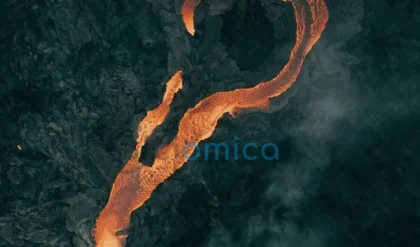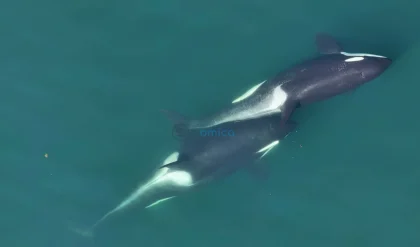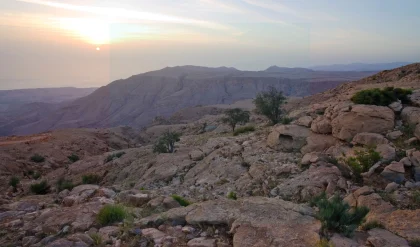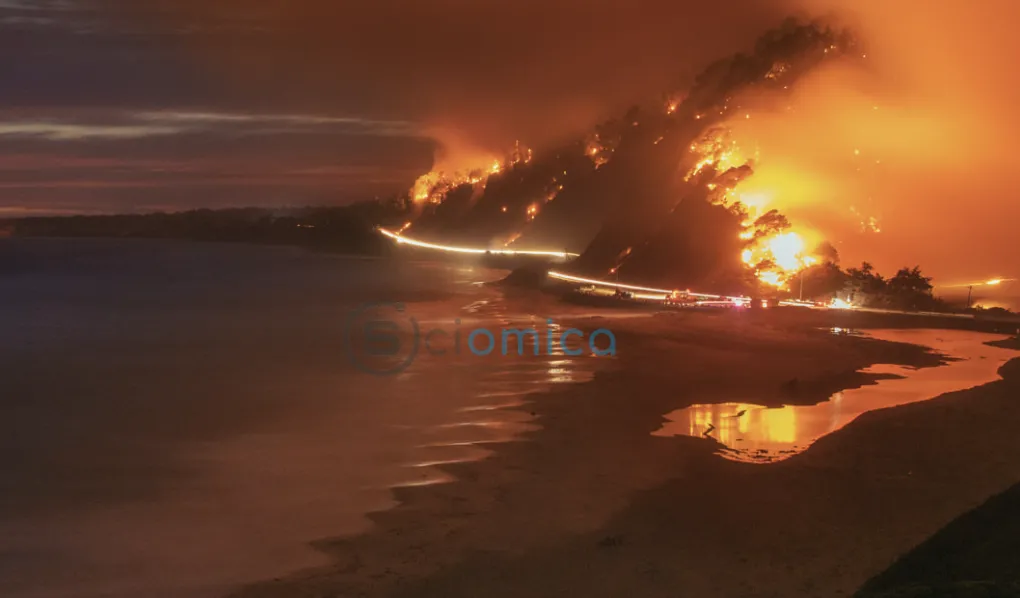
Years after wildfires ravage forests and watersheds, the lingering contaminants continue to pose a significant risk to rivers and streams throughout the Western United States, with their toxic effects persisting far longer than previously anticipated.
A groundbreaking study published on June 23 in Nature Communications Earth & Environment assessed water quality across over 500 watersheds in the Western U.S., marking the first comprehensive evaluation of water quality in the aftermath of wildfires. The research was spearheaded by scientists from the Cooperative Institute for Research in Environmental Science (CIRES) at the University of Colorado Boulder.
Lead author Carli Brucker, a former PhD student at CU Boulder and part of the Western Water Assessment, explained the study’s focus: “We sought to identify significant trends in post-wildfire water quality across the entire U.S. West to enhance water management strategies in the face of wildfire impacts.”
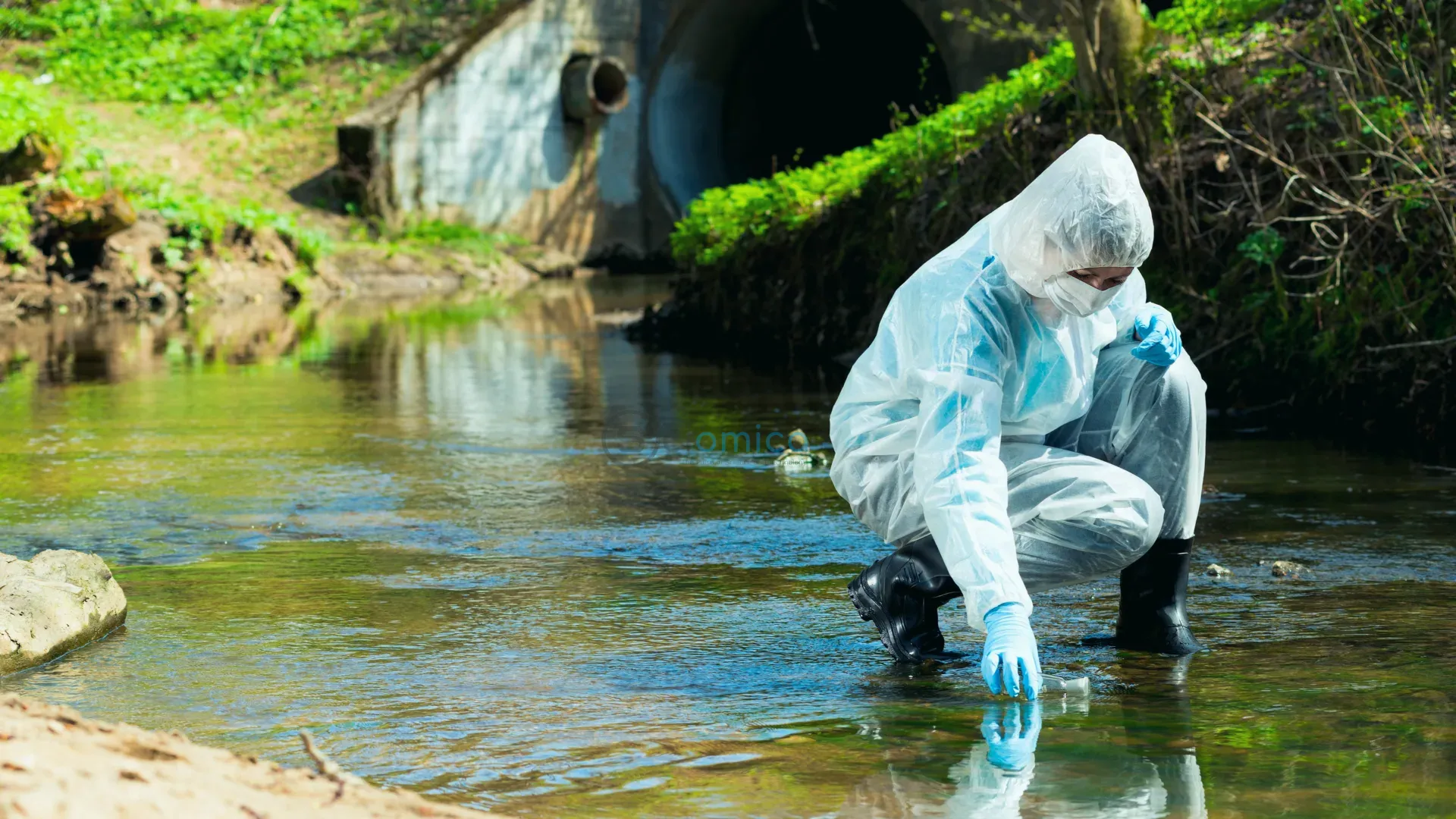
The findings revealed that contaminants such as organic carbon, phosphorus, nitrogen, and sediment can degrade water quality for up to eight years following a wildfire. This critical data is invaluable for water management teams as they prepare for wildfires and their extensive effects.
CIRES Fellow and Director of the Western Water Assessment, Ben Livneh, served as the principal investigator and co-author of the study. His research is predominantly concerned with hydrology on a continental scale. Livneh expressed enthusiasm upon discovering the potential to utilize his expertise to gauge large-scale water quality trends. He highlighted a gap in previous assessments related to water quality at such a scale, despite extensive discourse about global water supply in reports from the National Climate Assessment and the International Panel on Climate Change.
While the connection between fire ash, soil destruction, and water quality deterioration has long been understood, earlier investigations were often limited to localized studies conducted by state and municipal agencies.
In this recent study, the research team analyzed more than 100,000 water samples collected from 500 locations—half from areas affected by wildfires and half from unburned regions. They measured levels of various contaminants, including organic carbon, nitrogen, phosphorus, sediment, and turbidity (cloudiness) across each sample.
To quantify wildfire-related impacts, the team constructed data-driven models to evaluate how contaminant levels fluctuated in each basin before and after wildfires. They ultimately compiled the data to determine average values for pre- and post-wildfire years in the burned basins and contrasted these with the unburned areas.
The results indicated that watersheds take significantly longer to recuperate after wildfires than previously noted. Organic carbon, phosphorus, and turbidity levels were found to remain elevated during the first one to five years post-fire, while nitrogen and sediment levels could increase up to eight years after a fire, with the most severe impacts observed in more heavily forested locations.
Livneh noted the potential for delayed effects on water quality, stating, “It can take two years, up to eight years, for the effect to be fully realized. Sometimes, a substantial storm is needed to mobilize the contaminants that have been left behind.”
Variability in the impact of wildfires was evident across different watersheds, influenced by fire proximity to rivers, soil types, vegetation, and weather patterns, complicating future planning efforts.
Brucker, who currently works as a consultant, highlighted the stark differences in sedimentation rates observed. “Some streams clear up completely post-fire, while others experience sediment levels 2,000 times higher,” she noted.
Despite these variabilities, the study provides essential insights for water managers in the Western U.S., aiming to bolster wildfire resilience planning. Brucker emphasized the importance of having concrete data to inform future strategies: “You cannot effectively allocate funds for resilience improvements based on vague concerns. Water managers require tangible numbers for their planning efforts, and that’s precisely what we aim to deliver.”
Reference:
- Carli P. Brucker, Ben Livneh, Fernando L. Rosario-Ortiz, Fangfang Yao, A. Park Williams, William C. Becker, Stephanie K. Kampf, Balaji Rajagopalan. Wildfires drive multi-year water quality degradation over the western United States. Communications Earth & Environment, 2025; 6 (1) DOI: 10.1038/s43247-025-02427-6

